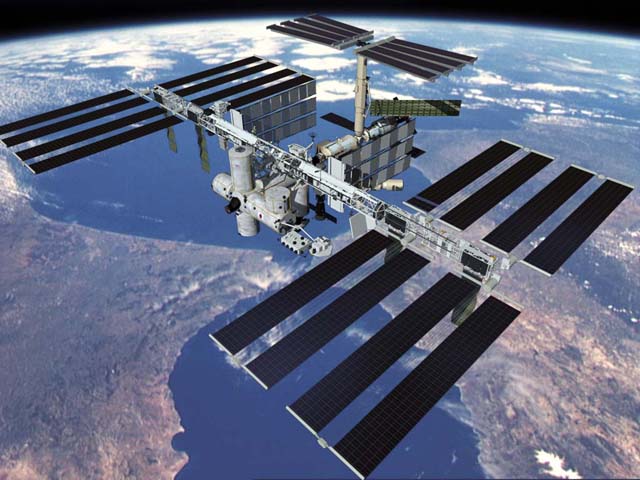Forming A Question is the first step. Without it, there would be no reason to to follow this method. For example, lets pretend you decide to answer the question Does Alfalfa Grass Grow Better In Freshwater Or Saltwater. Now you are ready to form a hypothesis.
A hypothesis is an educated guess based on your prior knowledge. You should ask yourself, what do I know about plants? One answer might be that plants grow quickly in places that receive lots of rain, and rain is freshwater. So, your hypothesis might be: Alfalfa Grows Better In Freshwater.
Now you have to test it. There are many different elements in an experiment, including variables, controls, and procedures. After carefully planning what materials you are going to use and the steps you will follow, start the experiment.
Materials:
- 2 flower pots (1 for freshwater plant, 1 for saltwater plant)
- Alfalfa seeds
- 420 milliliters of freshwater water
- 3 weeks of time
- 420 milliliters of saltwater
Steps:
- Set all of the plants on a table by the window
- Give each plant 10 milliliters of water per day
- Record the Alfalfa's growth once a week
- Type of Water
- Time
- Amount of water
- Type of plant
- Location
Week
|
Freshwater Height (cm)
|
Saltwater Height (cm)
|
1
|
1
|
0.25
|
2
|
1.5
|
0.3
|
3
|
2
|
0.35
|
Now you have to analyze the data and form a conclusion. After analyzing the results, you can form a conclusion. For this experiment, you can conclude that Alfalfa seeds grow faster in freshwater than saltwater.
